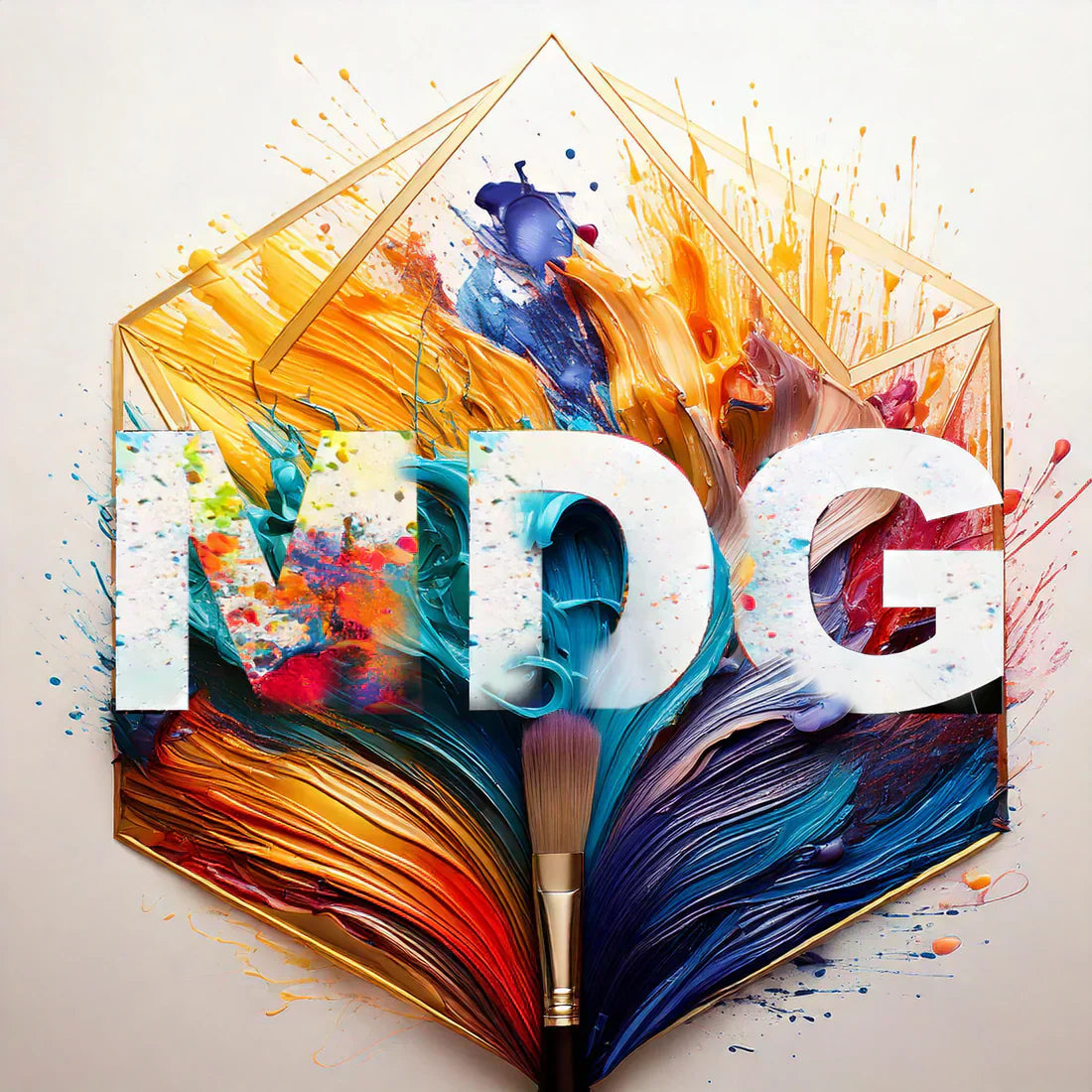
Mastering Object Source Lighting (OSL) in Miniature Painting
Share

Object Source Lighting (OSL) is a striking technique in miniature painting that can transform an ordinary model into a dynamic, atmospheric masterpiece. By simulating light coming from a specific object in the scene, OSL creates a glowing, dramatic effect that can bring your miniatures to life. Whether you’re working on a Warhammer army or an Infinity operative, mastering OSL can add depth and realism to your models. Let’s explore how to use this technique to elevate your painting game.
What is Object Source Lighting (OSL)?
At its core, Object Source Lighting is the technique of painting light on a miniature as though it is being cast from a light source within the scene. This light interacts with the model, casting highlights and shadows in realistic ways. For example, if you have a miniature holding a glowing weapon or standing near a lamp, the light from that object should affect nearby surfaces, creating glowing reflections on armour, skin, and the ground beneath them.
OSL is a great way to add drama and storytelling to your models. The glowing effect doesn’t just make your miniature look cool—it also helps convey a sense of environment and mood. The light can give your model a supernatural aura, make a futuristic scene feel even more high-tech, or enhance the narrative of a battle-worn warrior with a flickering lantern.
How to Approach Object Source Lighting
-
Choose the Light Source
Before you start, decide where the light is coming from. It could be a weapon, a magic aura, a lamp, or even an environmental effect like fire or neon lights. The key is that the source needs to be painted in a way that it influences the model, with the light reflecting on nearby surfaces. -
Plan Your Light and Shadows
The first step in applying OSL is understanding how light works. The light source will naturally cast a glow onto parts of the miniature closest to it, and the intensity will fade as it moves farther away. Start by painting the light source, and then work outward, blending lighter shades of your paint onto the parts of the model that are hit directly by the light. For example, if a character is holding a glowing sword, the areas of the arm, face, and chest closest to the blade should have brighter highlights to reflect the light. -
Use Transparent and Bright Colours
To create a realistic OSL effect, it’s important to use transparent and bright colours, especially for the light source itself. Colours like bright yellows, oranges, blues, or greens (depending on your light source) work well. Start by applying the light colour to the model's nearest surfaces, blending it out to simulate the diffusion of light. Use thin layers to gradually build up the intensity of the light.
-
Blending and Transitions
The transition from light to dark should be smooth and gradual. This is the trickiest part of OSL, as it involves transitioning from the illuminated parts of the model to the areas left in shadow. Use glazes or thin layers of darker colours to soften the transition and avoid harsh lines. Think about where the light will naturally fade, like the edges of the model’s limbs or around folds in clothing or armour. -
Reflection and Glare
To make the light look more realistic, consider adding reflections or glows to nearby surfaces. For example, if you’re painting a Warhammer Space Marine holding a plasma pistol, the light from the gun should reflect off the armour’s surface, even if it’s not directly in the path of the beam. These subtle reflections can make a big difference in enhancing the realism of the lighting effect.
Common Mistakes to Avoid
- Overdoing the Light: One of the most common mistakes is applying OSL too heavily. The light source should affect the miniature, but it shouldn’t overpower the entire figure. You want the model’s details to remain visible, with the lighting adding depth, not covering it up.
- Ignoring Shadows: Remember, light creates shadows. If you’re adding a light source, don’t forget to enhance the shadows on the opposite side of the model. This contrast between light and dark helps make the OSL effect more believable.
- Inconsistent Lighting: OSL is all about consistency. The lighting should interact with the model in a way that feels natural. Be mindful of the direction from which your light is coming, and ensure that the highlights and shadows follow that direction throughout the entire miniature.
Why OSL Works in Miniature Painting
The reason OSL is so powerful in miniature painting is because it brings a level of dynamism and realism to your model. It adds mood, energy, and atmosphere, making your miniature feel alive. In games like Warhammer or Infinity, OSL can also serve a narrative purpose, emphasizing the power or importance of a specific weapon, character, or event within the story.
When done correctly, OSL creates a visual impact that draws the viewer’s eye to key areas of the model. Whether you're painting a Lieutenant with an eerie glow emanating from his plasma pistol or an Infinity model in a futuristic, neon-lit urban environment, OSL can elevate your work and make your miniatures truly stand out on the battlefield or display shelf.
Final Thoughts
Object Source Lighting is one of those techniques that takes your miniature painting to the next level. While it may seem complex at first, with patience and practice, it becomes an incredibly rewarding skill to master. By adding realistic lighting effects, you can give your models a new dimension that brings them to life, telling a story with light and shadow. So the next time you sit down to paint, consider experimenting with OSL—you might just be amazed at how much it enhances your work!
